Abstract: An overview of the radio observations during November 2022 is given.
The graphs show both the daily totals (Figure 1) and the hourly numbers (Figure 2) of “all” reflections counted automatically, and of manually counted “overdense” reflections, overdense reflections longer than 10 seconds and longer than 1 minute, as observed here at Kampenhout (BE) on the frequency of our VVS-beacon (49.99 MHz) during the month of November 2022.
The hourly numbers, for echoes shorter than 1 minute, are weighted averages derived from:

Local interference and unidentified noise remained moderate to low for most of the month. Only minimal lightning activity was observed on 2 days. Solar activity remained low at 49.99 MHz, with only a few short bursts.
Two periods of increased meteor activity stand out: the Taurids at the beginning of the month and the Leonids in the days before and after November 18th. However, the actual course of the observed reflections is peculiar, with an unexplained drop on 18 November on the one hand and an increase in the underdenses in the following days. These peculiarities may be due to material problems (beacon or receiver installation) or to atmospheric conditions, although there are no direct indications of this; further research and comparison with the results of other observers is therefore necessary.
Over the entire month, 26 reflections longer than 1 minute were registered here. Attached are selections of long reflections (Figures 3 to 12) and of a number of interesting “epsilons” (Figures 13 to 23).
In addition to the usual graphs, you will also find the raw counts in cvs-format from which the graphs are derived.
The table contains the following columns: day of the month, hour of the day, day + decimals, solar longitude (epoch J2000), counts of “all” reflections, overdense reflections, reflections longer than 10 seconds and reflections longer than 1 minute, the numbers being the observed reflections of the past hour.
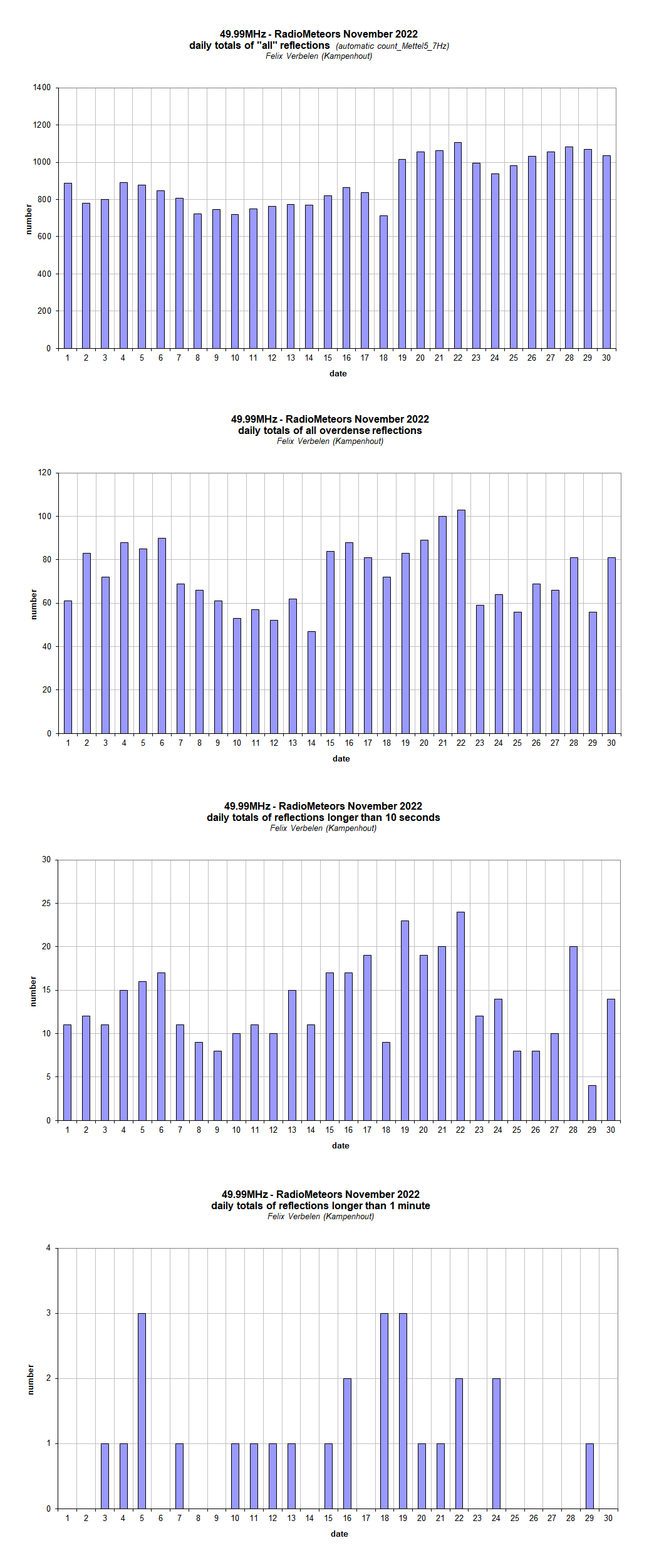
Figure 1 – The daily totals of “all” reflections counted automatically, and of manually counted “overdense” reflections, as observed here at Kampenhout (BE) on the frequency of our VVS-beacon (49.99 MHz) during November 2022.
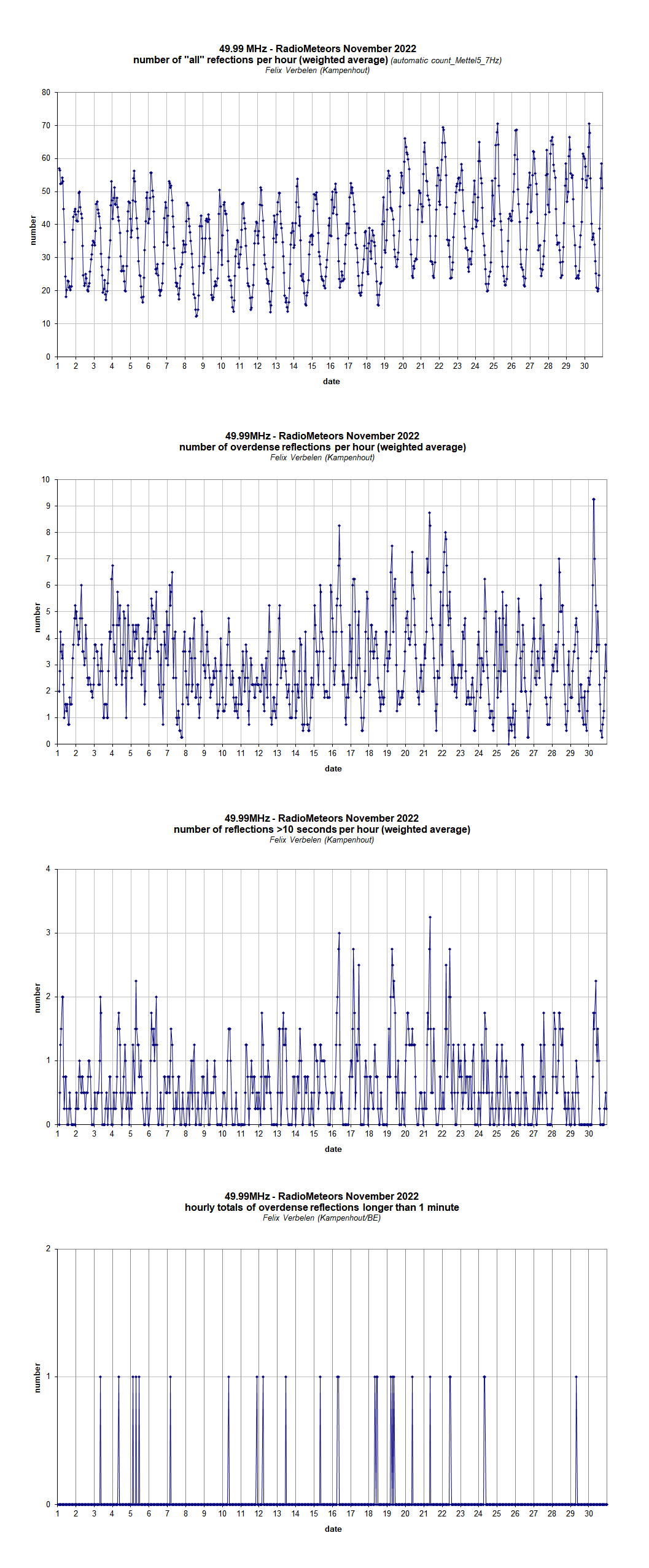
Figure 2 – The hourly numbers of “all” reflections counted automatically, and of manually counted “overdense” reflections, overdense reflections longer than 10 seconds and longer than 1 minute, as observed here at Kampenhout (BE) on the frequency of our VVS-beacon (49.99 MHz) during November 2022.
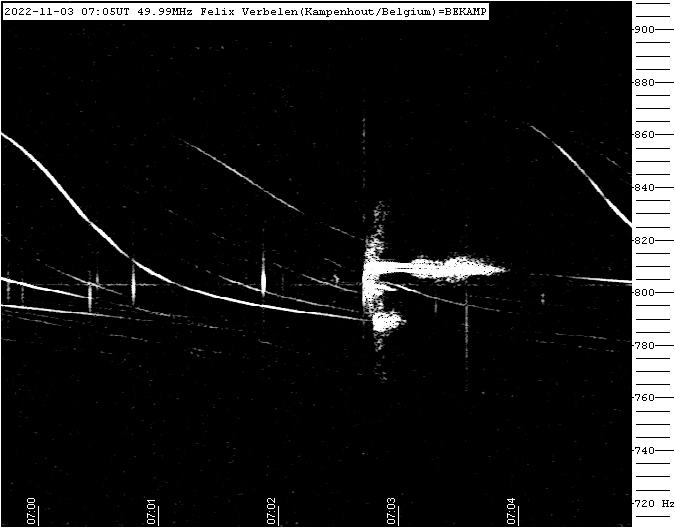
Figure 3 – Meteor reflection 03 November 2022, 07h05m UT.
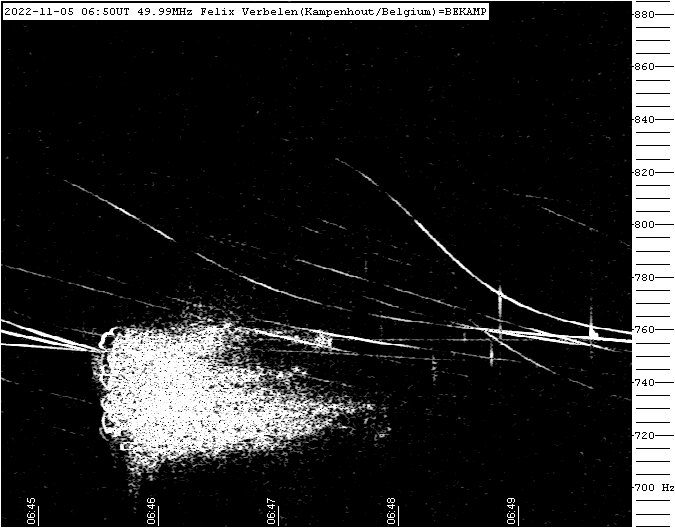
Figure 4 – Meteor reflection 05 November 2022, 06h50m UT.
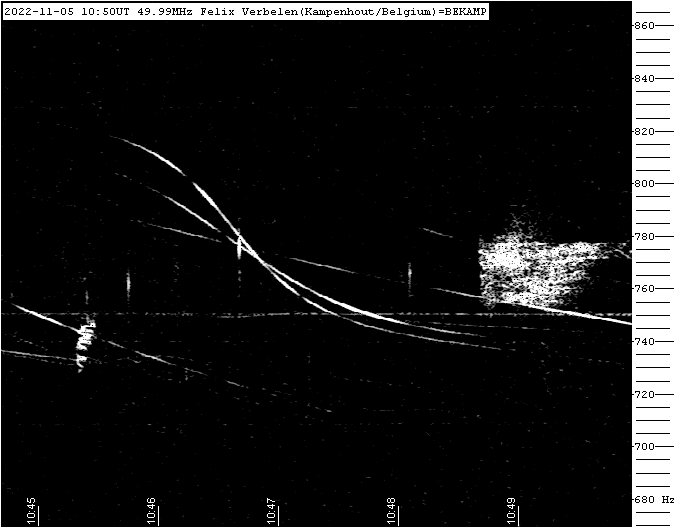
Figure 5 – Meteor reflection 05 November 2022, 10h50m UT.
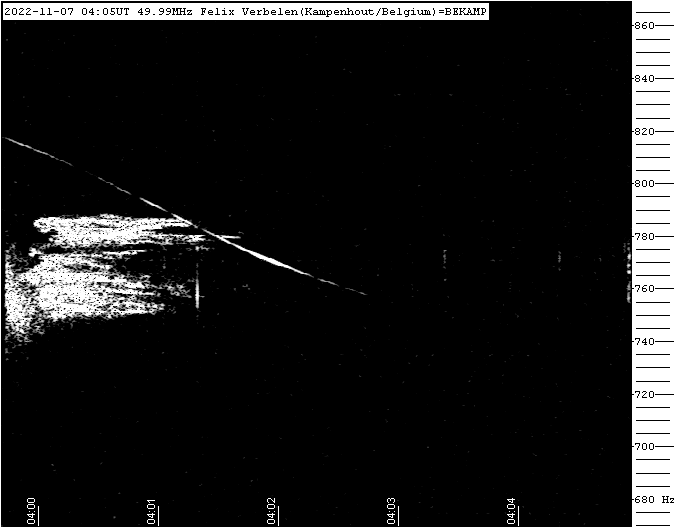
Figure 6 – Meteor reflection 07 November 2022, 04h05m UT.
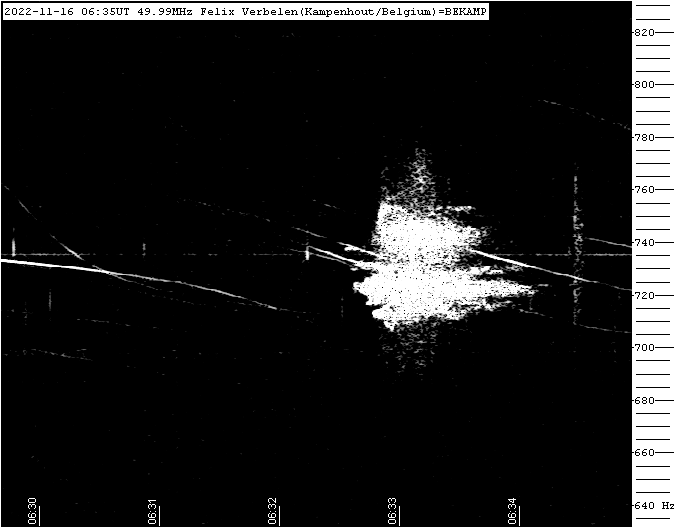
Figure 7 – Meteor reflection 16 November 2022, 06h35m UT.
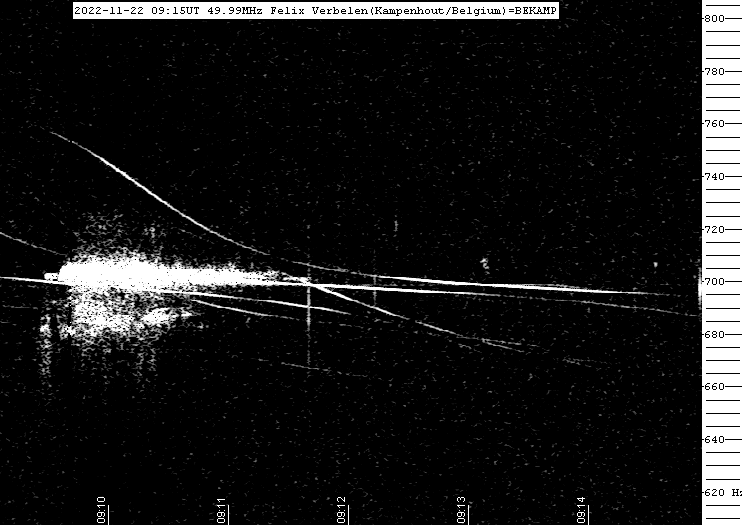
Figure 8 – Meteor reflection 22 November 2022, 09h15m UT.
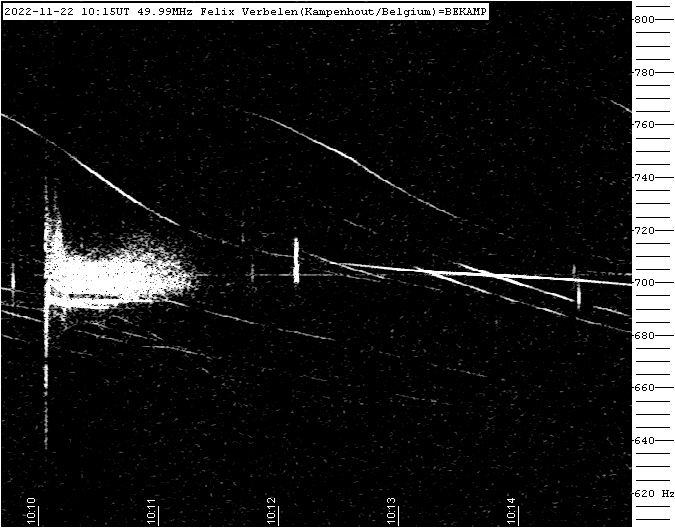
Figure 9 – Meteor reflection 22 November 2022, 10h15m UT.
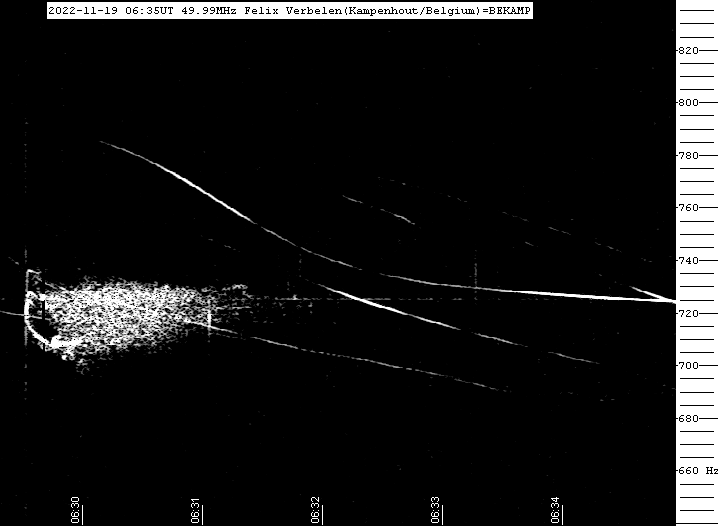
Figure 10 – Meteor reflection 19 November 2022, 06h35m UT.
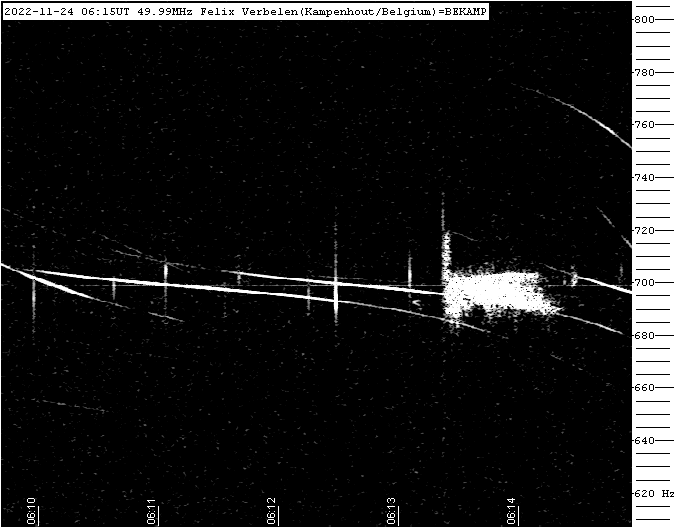
Figure 11 – Meteor reflection 24 November 2022, 06h15m UT.
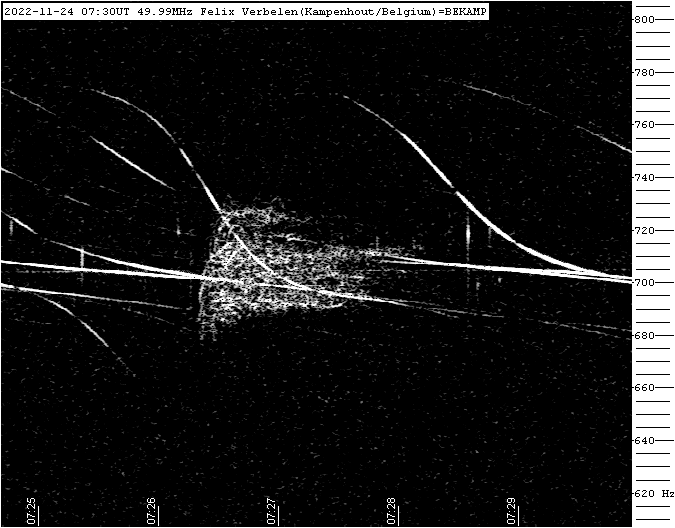
Figure 12 – Meteor reflection 24 November 2022, 07h30m UT.
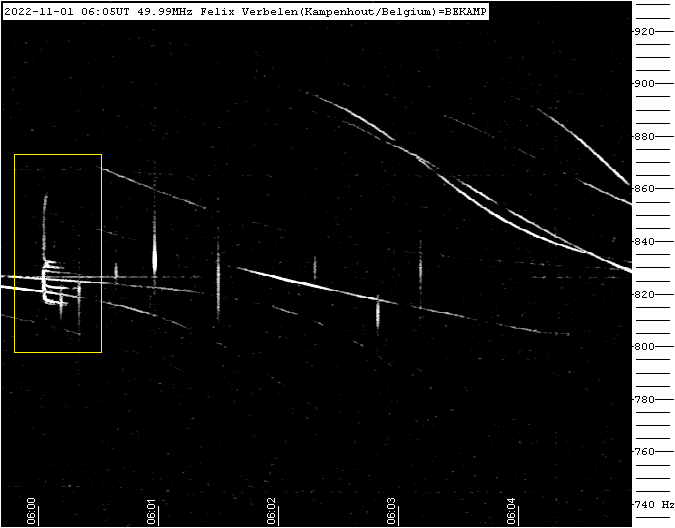
Figure 13 – Meteor reflection 01 November 2022, 06h05m UT.
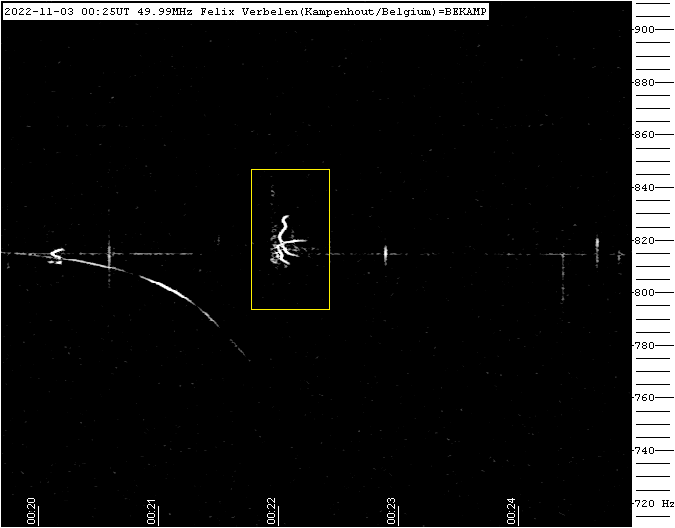
Figure 14 – Meteor reflection 03 November 2022, 00h25m UT.
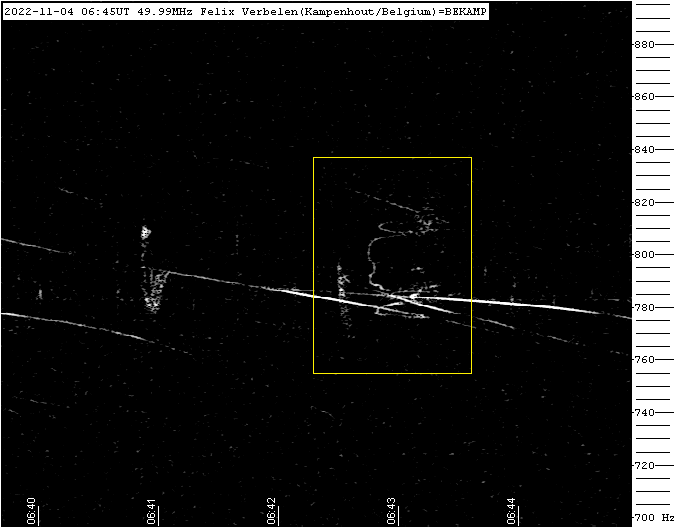
Figure 15 – Meteor reflection 04 November 2022, 06h45m UT.
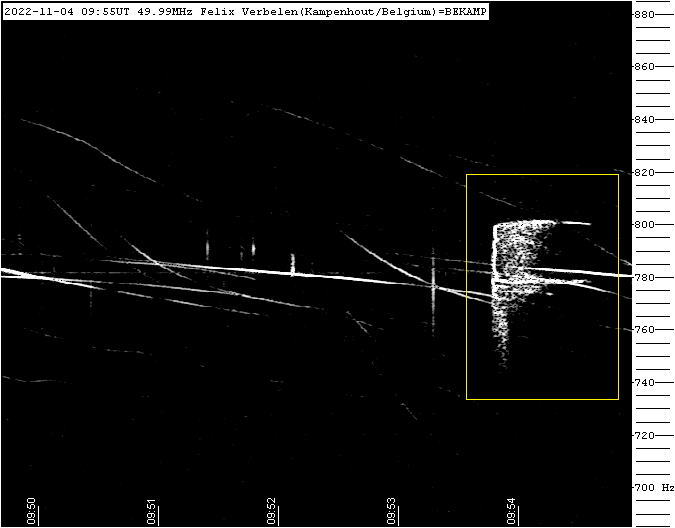
Figure 16 – Meteor reflection 04 November 2022, 09h55m UT.
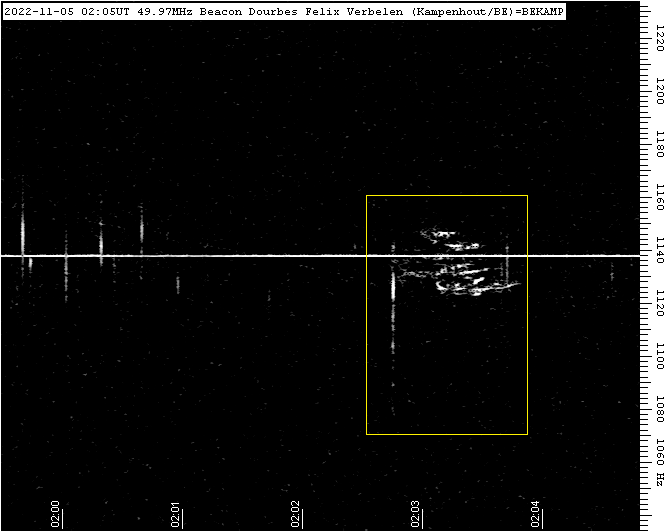
Figure 17 – Meteor reflection 05 November 2022, 02h05m UT.
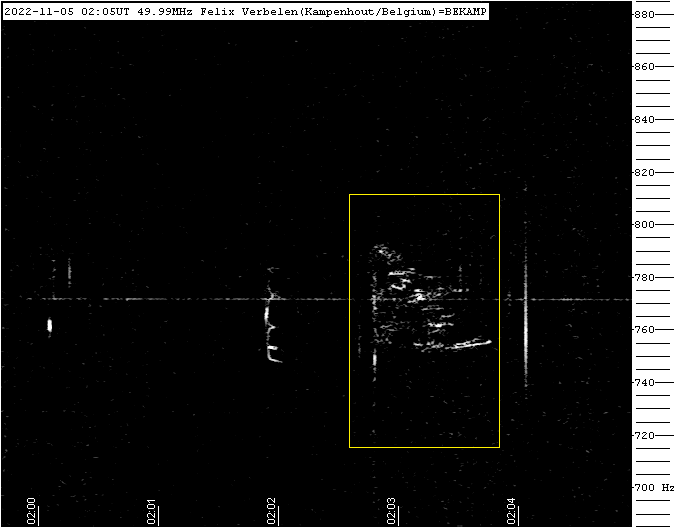
Figure 18 – Meteor reflection 05 November 2022, 02h05m UT.
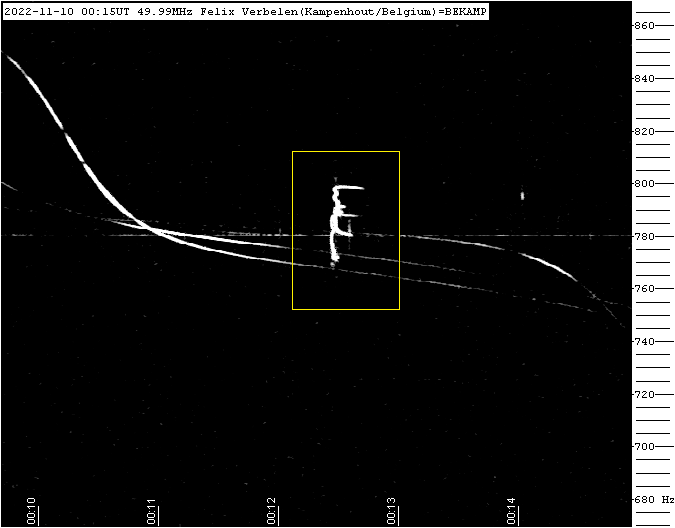
Figure 19 – Meteor reflection 10 November 2022, 00h15m UT.
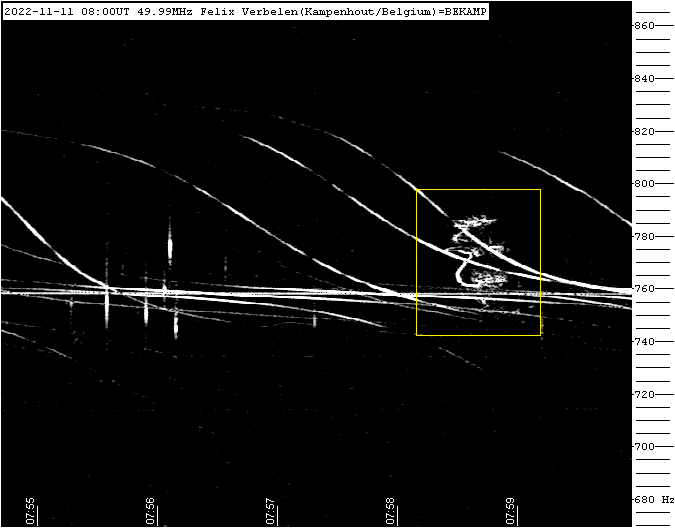
Figure 20 – Meteor reflection 11 November 2022, 08h00m UT.
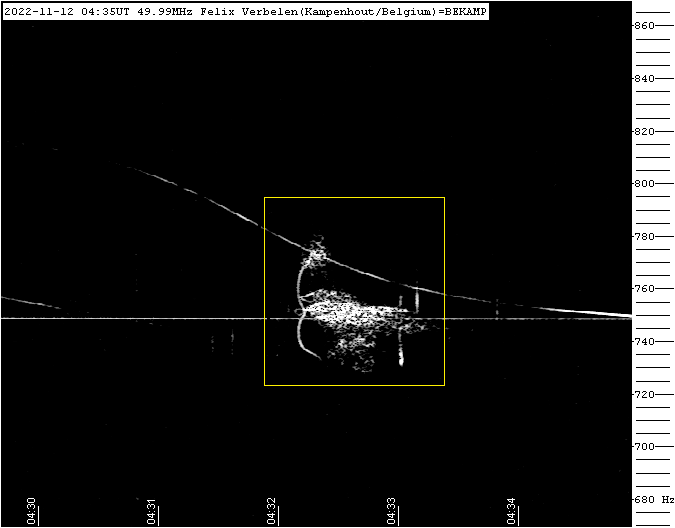
Figure 21 – Meteor reflection 12 November 2022, 04h35m UT.
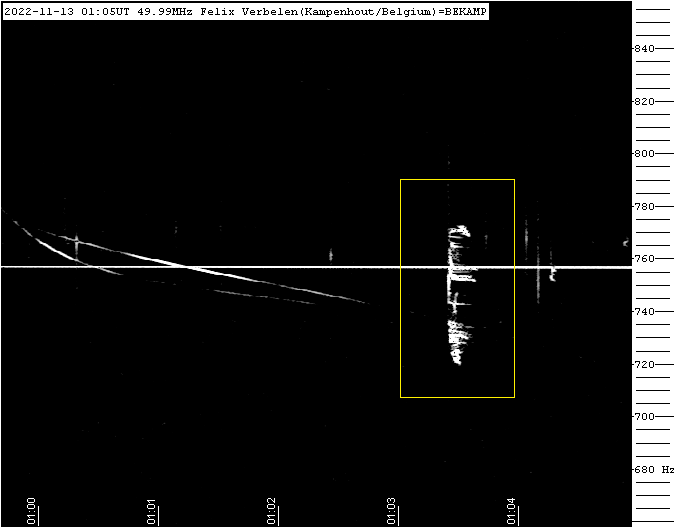
Figure 22 – Meteor reflection 13 November 2022, 01h05m UT.
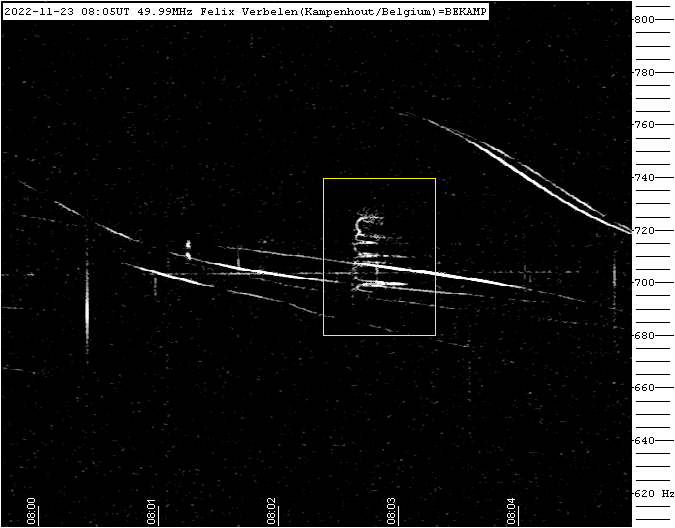
Figure 23 – Meteor reflection 23 November 2022, 08h05m UT.

